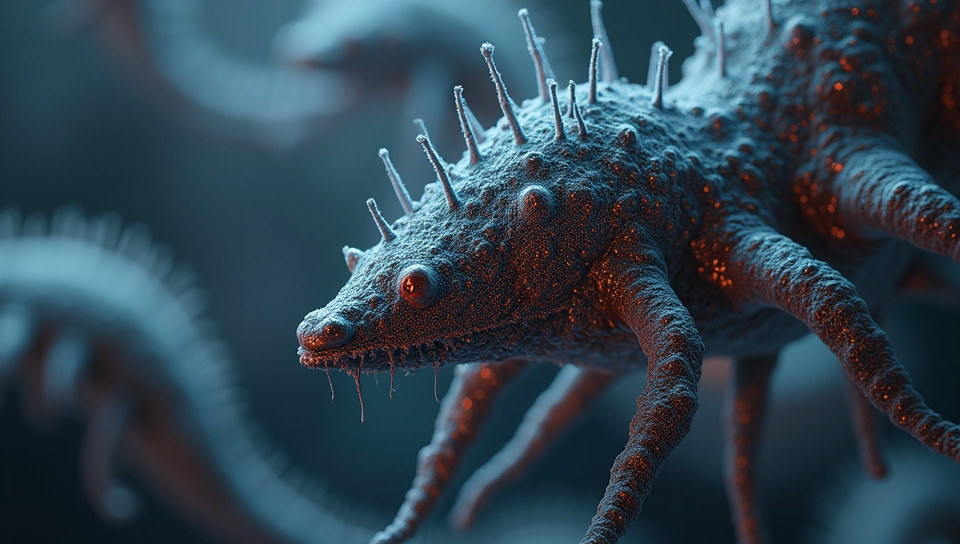Gene editing tools can cause genetic mutations 71%

The Double-Edged Sword of Gene Editing: Understanding the Risks of Genetic Mutations
Imagine a world where genetic diseases are a thing of the past, and scientists can cure any ailment with a simple edit to an individual's DNA. Sounds like science fiction? Not quite. With the advent of gene editing tools like CRISPR, we have entered an era of unprecedented power over our genetic code. However, this newfound ability also comes with significant risks, including the potential for unintended genetic mutations.
The Promise of Gene Editing
Gene editing technologies have revolutionized the field of genetics by allowing scientists to edit DNA with unprecedented precision and accuracy. CRISPR, in particular, has been hailed as a game-changer, enabling researchers to target specific genes and modify them in living organisms. This technology holds tremendous promise for treating genetic diseases, which affect millions of people worldwide.
The Risks of Genetic Mutations
But despite the potential benefits, gene editing tools also pose significant risks. One of the primary concerns is the possibility of off-target effects, where the edit intended to fix one gene inadvertently alters another part of the genome. This can lead to unintended consequences, including genetic mutations that may have severe health implications.
- Unintended genetic mutations can cause a range of problems, including:
- Cancer
- Birth defects
- Neurological disorders
The Complexity of Gene Editing
Gene editing is not as simple as swapping one letter in the genetic code. It's a complex process that involves navigating intricate regulatory mechanisms and interacting gene networks. Moreover, the long-term consequences of gene editing are still unknown, and it may take years or even decades to fully understand its effects.
The Need for Caution
As we continue to develop and refine gene editing technologies, it's essential to exercise caution and consider the potential risks. We must prioritize thorough testing and validation to ensure that these tools are safe and effective before they're used in humans. This includes conducting rigorous preclinical trials and carefully monitoring the outcomes of clinical trials.
Conclusion
Gene editing holds tremendous promise for treating genetic diseases, but it's not without risks. The possibility of unintended genetic mutations is a significant concern, and we must approach this technology with caution and respect its complexity. As scientists, policymakers, and individuals, we must work together to ensure that the benefits of gene editing are realized while minimizing its risks. By doing so, we can harness the power of gene editing to improve human health and well-being without sacrificing safety and efficacy.
- Created by: Nathan Mercado
- Created at: Dec. 21, 2024, 3:19 p.m.
- ID: 16974









